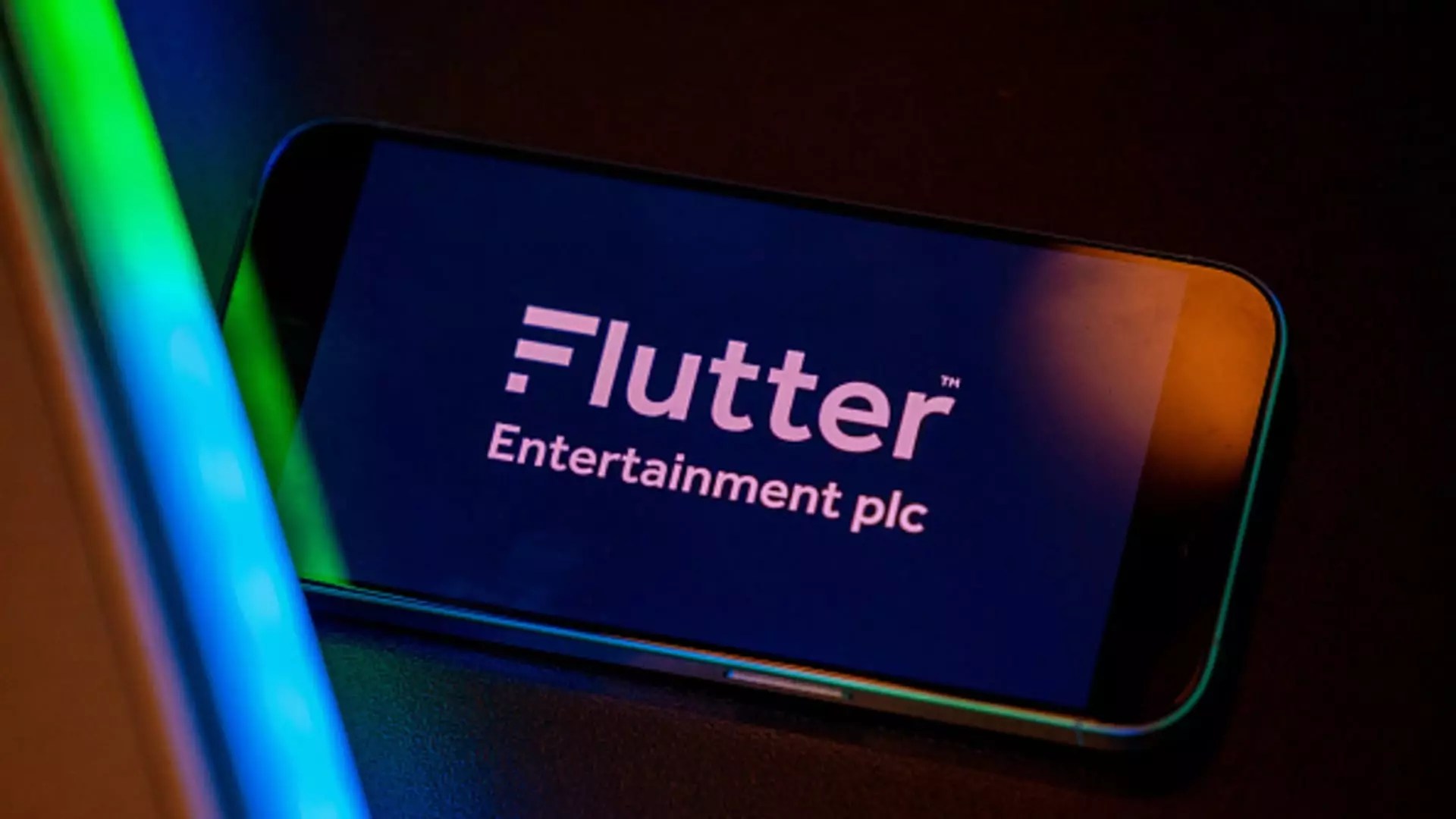In a notable turn of events in midday trading, Flutter Entertainment emerged as a standout, witnessing an impressive surge of over 6%. This uptick was largely propelled by the company’s announcement of a substantial share buyback program, which is poised to reach $5 billion. Coupled with this positive news, Flutter also shared an optimistic revenue forecast projecting growth to approximately $21 billion by the year 2027. This combination of strategic financial maneuvers signals confidence not only in the company’s current market position but also in its future growth potential. The strategic decision to initiate a share buyback could be seen as a move to enhance shareholder value, reflecting management’s belief that the stock is currently undervalued.
Another market highlight came from Hewlett Packard Enterprise (HPE), which enjoyed over a 5% increase in its stock price following a significant upgrade from Barclays. The investment bank’s reassessment from an “equal weight” to an “overweight” rating indicates a strong belief in the tech company’s potential amidst rising demand for artificial intelligence (AI) servers. This is particularly relevant given the accelerating emphasis on AI across various sectors. Additionally, HPE’s impending acquisition of Juniper Networks for approximately $14 billion, expected to finalize by year’s end, further bolsters confidence among investors regarding growth through strategic mergers and technological advancements.
In contrast, the automotive sector faced considerable headwinds, with shares of both General Motors and Ford retreating after Morgan Stanley issued downgrades for both companies. Analyst Adam Jonas expressed concerns over deteriorating U.S. consumer credit and China’s rising vehicle production capabilities, which threaten to encroach on the market share held by these auto giants. Specifically, General Motors saw a 5.7% decline after being downgraded to “underweight,” while Ford dropped 4.3% as its rating shifted to “equal weight.” Such downgrades often reflect broader trends in consumer behavior and economic indicators, serving as cautionary signals for potential investors.
The trading landscape was further complicated by mixed performance from companies like Bilibili, which experienced a 2.6% decline after a prior rally. This drop indicates a market correction, even as JPMorgan identified it as a prime pick in the realm of Chinese digital entertainment. Conversely, Bank of America experienced a nearly 1% drop in its shares, fueled by Berkshire Hathaway’s revelation of further sell-offs. Warren Buffett’s decision to reduce his holdings, summing up to roughly $9 billion sold since mid-July, places considerable pressure on Bank of America, shrinking his stake in the bank to 10.5%. Such high-profile sell-offs often generate investor unease, leading to broader implications for market sentiment.
In the housing sector, KB Home faced significant challenges, seeing nearly a 5% drop following disappointing fiscal third-quarter results that missed analyst expectations. The reported earnings of $2.04 per share fell short of consensus estimates, shedding light on the challenges faced in the homebuilding market amidst economic pressures. Conversely, Progress Software reported an exhilarating 13% increase in shares, attributed to strong earnings exceeding expectations. Such sharp contrasts in performance between sectors underline the volatility in current market conditions, demonstrating how earnings reports can create rapid shifts in investor sentiment.
Cintas Corporation also projected optimism with a 2% rise in shares, having raised its guidance for fiscal year 2025. The workplace uniform company is now forecasting earnings between $4.17 and $4.25 per share, up from previous estimates, reflecting robust operational performance. Moreover, Trump Media & Technology Group enjoyed a rebound with shares rising over 7%, offsetting previous declines fuelled by a post-lockup sell-off. This situation illustrates the volatility in the media sector, often swayed by strategic events and investor sentiment.
Overall, midday trading showcased a tapestry of contrasting performances among various sectors. Companies like Flutter Entertainment and Hewlett Packard Enterprise demonstrated resilience and future growth potential, while automotive giants like General Motors and Ford faced emerging challenges. The mixed bag of results underlines the intricate dynamics at play in today’s financial markets, providing investors with both opportunities and cautionary tales. As markets continue to evolve, these insights will remain critical for stakeholders looking to navigate the complexity of investment decisions.


Leave a Reply